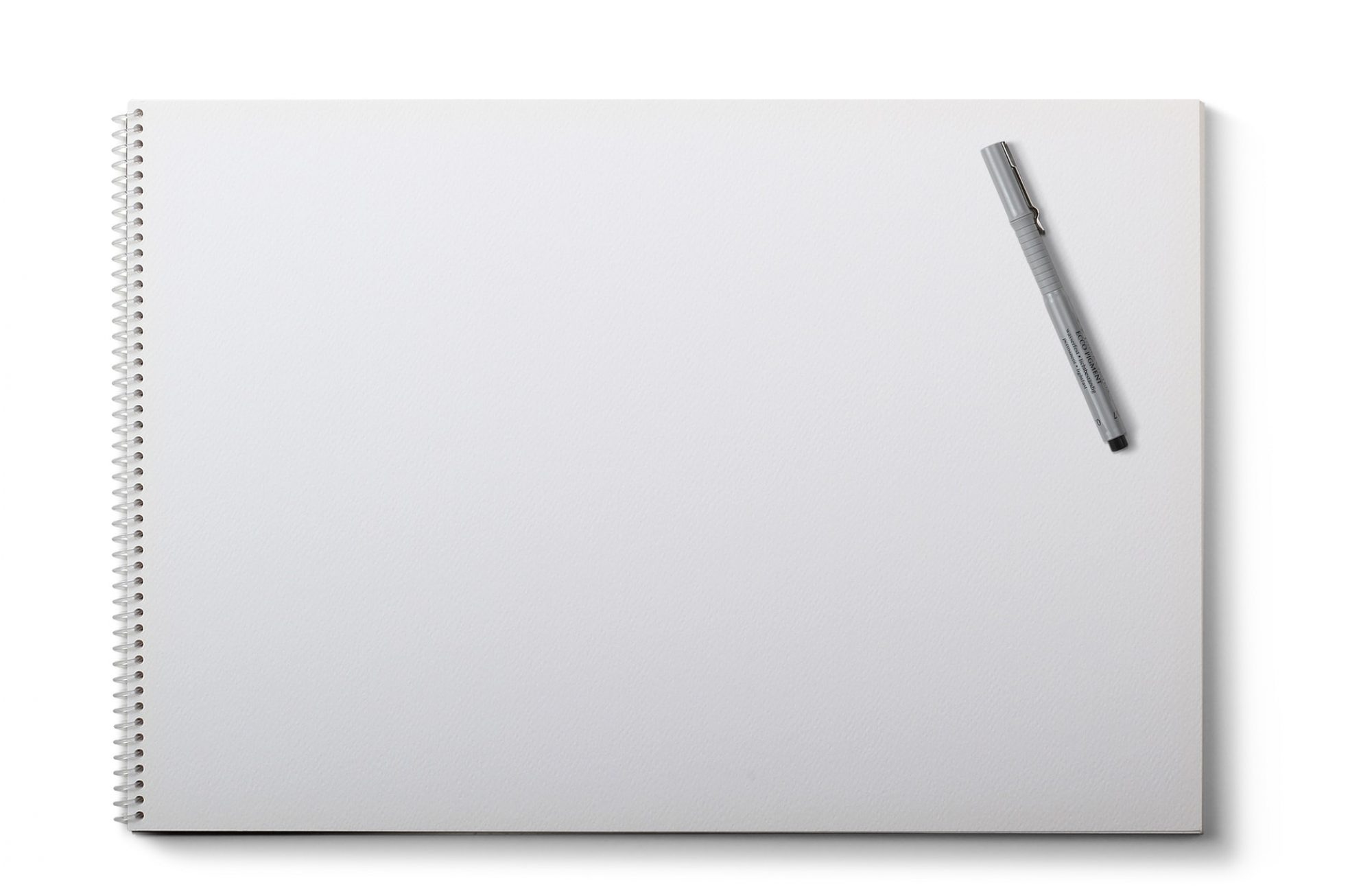A guy I spoke to once worked in the former soviet union and was a real technical guy. The kind of guy you see at night with a haphazard pile of identical looking technical parts one night and in the morning you see a brand new piece of hardware.
Well, things are slightly different in a planned economy and yet I did hear some stories about how bartering and entrepreneurship did flourish in such an environment. It is all about seeing an opportunity. It is in this environment that this story begins.
He was a skilled man who had the necessary equipment which could be used to create real goods, and as an electrical engineer he had the knowledge how to reverse engineer, modify or create from scratch electronic boards. The mainframes at that time were running 3270 terminals and required special computer boards to support these terminals. How hard can it be to simply create our own boards and sell them must have been his thought as that is exactly what he did. In true capitalist style he did not do all of the soldering and assembly himself but rather hired people around him to help. He came up with the design and the boards and had assistants who in their spare time would work on the assembly.
Of course the assembly was probably the simplest part of the whole endeavor. How many small businesses or home users would have use for such a computer board? None really. It was the military or the government in the end who would be purchasing such boards. In the Soviet Union a regular person cannot simply approach the military complex and become their vendor. He needed a middleman who could help with this sale. The middleman did indeed facilitate the sale and the money was deposited into our “capitalist hero’s” account but the other problem was currency control.
The computer boards went for about 5000 dollars but when they were purchased it was not just a handful of cash but instead was deposited into a bank account. Part of the problem is that it is not possible to take out more than 300 dollars in cash from a bank account per month. So how to have a capitalistic venture where the money simply doesn’t flow?
Taking out the money from a single account for a single board would take all year and is thus not very convenient for purchasing components or paying people. So our hero actually had an entire armful of bank deposit books at banks all over the city. Every month he would take about 3 days driving around to each one to extract the maximum cash from each account and at the end of the month split the money up into “pay envelopes” for the employees.
How much money is this really? Well, the local car Zhiguli at that time cost about 5000 dollars so the approximate value of the board was similar to that car.
